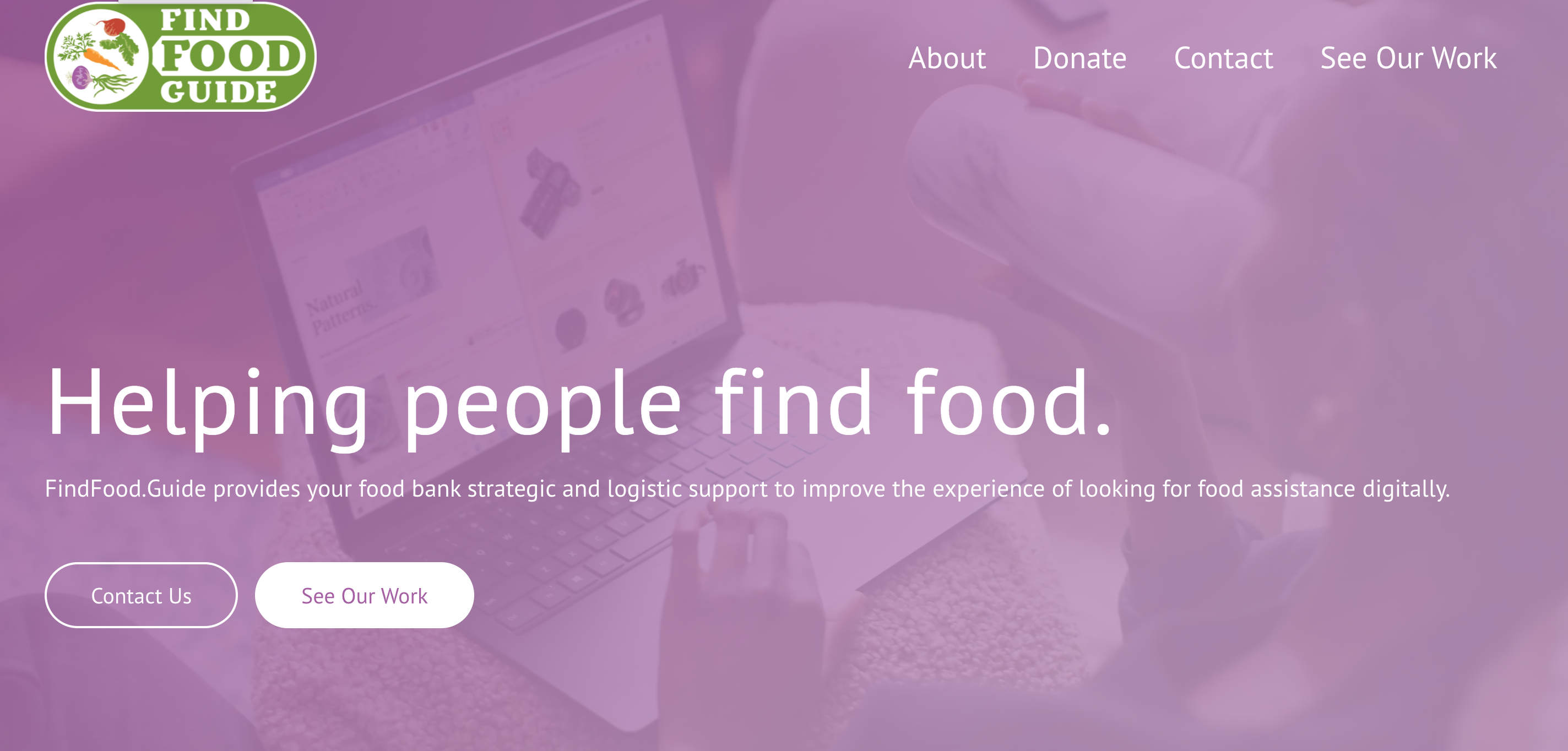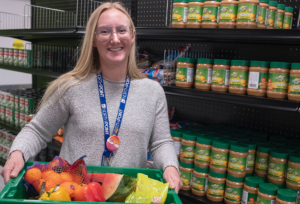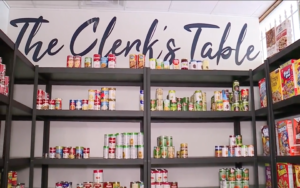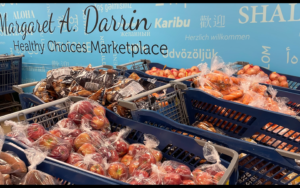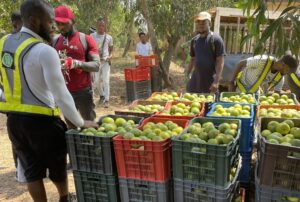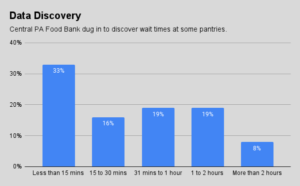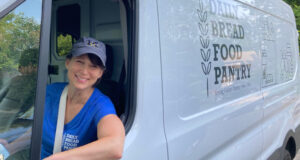Justin Gilmore speaks from experience when he notes that people in need of emergency food often have trouble finding it. During two periods of his life – while earning low wages as an AmeriCorps VISTA member and later as a graduate student – Gilmore relied on SNAP to get access to food.
It was only when he started working at Greater Pittsburgh Community Food Bank as a decision support analyst that he realized that a vast emergency food network existed close by. “I had no idea how many pantries were in my own neighborhood,” he said, adding that the emergency food network “is completely invisible to most people.”

In Gilmore’s view, food banks have a big role to play in terms of making the world of charitable food more apparent and relevant to people in need. To that end, he has created FindFood.Guide, a service to help food banks improve the digital experience of looking for food assistance.
The volunteer-run firm would like to partner with food banks to identify their design, technological and data information needs when it comes to building a discoverable and welcoming digital pathway into the charitable food world. Available from its website is a 22-page report that provides recommendations on how to overcome various challenges when designing a food locator service.
“I’m coming from a place of trying to make this system more visible and accessible,” said Gilmore, who now works as a solution engineer at Salesforce.org.
Within charitable food, examples of more user-friendly ways of presenting food-assistance information are already on display. Atlanta Community Food Bank, for example, recently introduced the ability to search for pantries based on drive time. Oregon Food Bank allows users to filter pantry results by day of the week and whether they’re open after 5 pm.
In Gilmore’s view, the sector as a whole can do more to improve the process of finding food. In his design-forward approach, he sees food banks providing a variety of information up front, such as whether ethnic food or fresh produce is available, what the eligibility requirements are at various pantries, and the times and days that pantries are open.
“There are so many variables that matter more than location,” Gilmore said.
Having worked on an upgrade to the food locator app for Greater Pittsburgh Community Food Bank, Gilmore is well aware of the many challenges of supplying accurate and up-to-date information related to pantry hours. Even so, “food banks are still the best authors of what’s true in their communities,” he said. That’s true even compared to new services like Google’s Find Food Support, which have relied on teams of volunteers to maintain accurate information about pantry hours.
Gilmore’s work at Greater Pittsburgh Community Food Bank helped create a food locator that eases users into the process of finding food with a series of three introductory questions, but also allows people to opt out of answering them. It also explains why the questions are being asked in the first place. On the back end, the service makes it easier for pantries to log in and update their hours of distribution.
In a world increasingly driven by digital technology, having a design-focused approach to locating food will become an expected part of going to the food pantry, elevating the experience. “We need to confer dignity through that process,” Gilmore said. – Chris Costanzo
Like what you’re reading?
Support Food Bank News